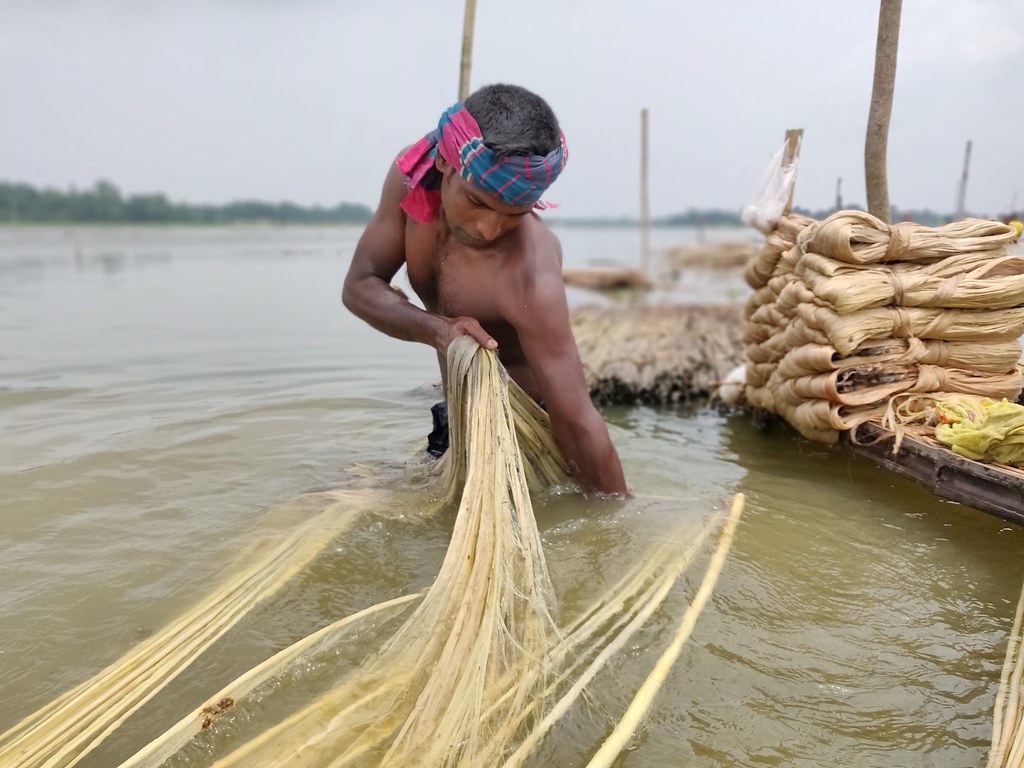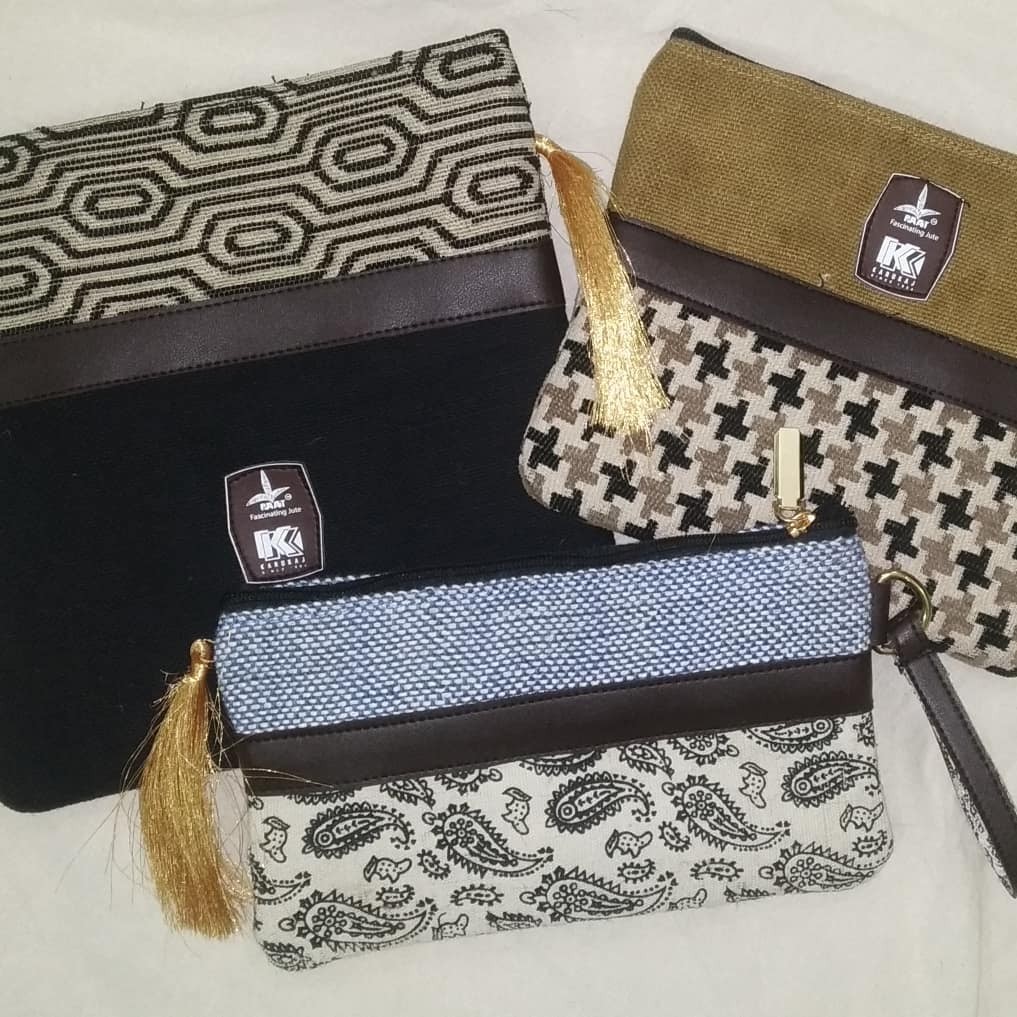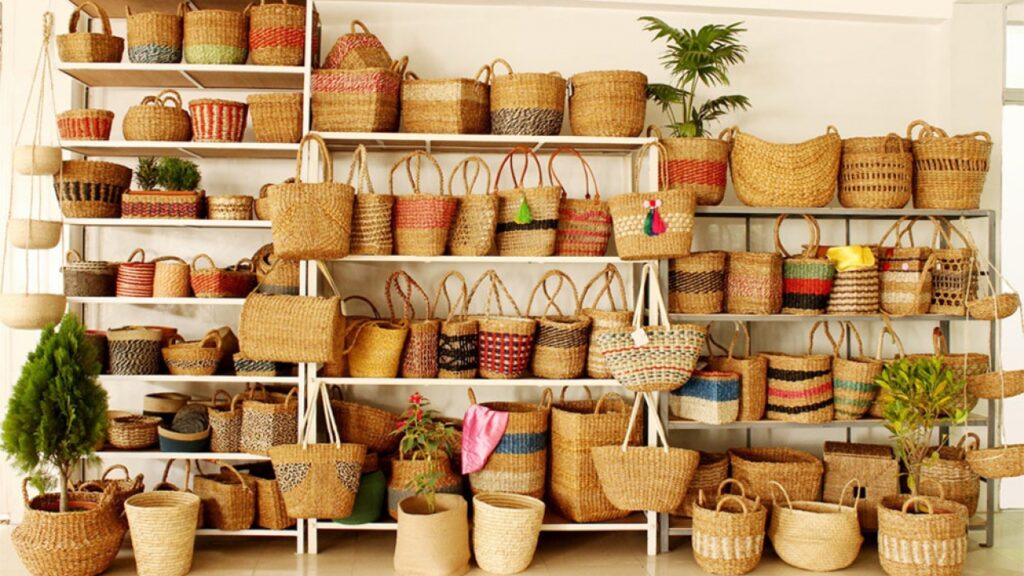Jute: Historical Roots and Modern Significance
Jute, often known as the “golden fiber,” is a natural wonder that stands out for its strength, affordability, and eco-friendliness. It’s the second most important natural fiber in the world, after cotton. Major producers of jute include India, Bangladesh, China, and Thailand, with a growing presence in parts of South America and Southeast Asia.
Jute's Fascinating History
Jute’s story began in the 19th century when it was used for making ropes and simple fabrics. The British East India Company’s interest in jute around 1791 sparked its industrial use. By the mid-1800s, new technologies made it easier to produce jute on a large scale. Historical events like the Crimean War and the American Civil War increased demand, boosting the industry. Bengal, now part of Bangladesh and India, became a key player in the global jute market.

How the Jute Industry Grew
Jute’s story began in the 19th century when it was used for making ropes and simple fabrics. The British East India Company’s interest in jute around 1791 sparked its industrial use. By the mid-1800s, new technologies made it easier to produce jute on a large scale. Historical events like the Crimean War and the American Civil War increased demand, boosting the industry. Bengal, now part of Bangladesh and India, became a key player in the global jute market.

How the Jute Industry Grew
Initially, jute production was small-scale, but Bengal’s jute mills expanded rapidly, turning Calcutta into a major competitor against Dundee’s jute industry. Despite facing challenges like economic downturns and wars, Bengal established itself as a leading jute exporter by the late 19th and early 20th centuries. The industry struggled after World War I and during the Great Depression but bounced back during World War II due to high demand.
Jute Today
The Partition of Bengal in 1947 brought new difficulties, as East Bengal (now Bangladesh) didn’t have enough jute mills. However, the industry was revived through nationalization and restructuring. By the late 20th century, efforts to modernize and privatize jute mills were underway. Today, jute remains a crucial part of Bangladesh’s economy, providing jobs for millions and making a significant impact on exports.
Innovative Uses and Market Trends
Jute is more than just a traditional fiber. It’s now used in:
- Canvas: For industrial and protective purposes.
- Sacking Cloth: Heavy-duty fabric for packaging.
- Hessian Cloth: A plain-woven fabric used worldwide.
- Geotextiles: To prevent soil erosion.
- Decorative Items: Like home decor and greeting cards.
The global jute market is growing. For example, the market for jute bags was valued at USD 2.3 billion in 2021 and is expected to reach USD 3.8 billion by 2027. Jute’s biodegradability, durability, and low cost are driving this growth. New uses, such as jute-based car interiors and furniture, are also creating exciting opportunities.



Looking Forward
Jute’s future is bright. With increasing global interest in sustainable and eco-friendly materials, jute is set to play a significant role. Bangladesh, with its deep-rooted jute tradition, is well-positioned to benefit from these trends. By expanding its range of products and tapping into jute’s unique qualities, Bangladesh can strengthen its place in the global market.
Let’s celebrate jute—the golden fiber that has been an important part of economies and cultures for centuries. Share your thoughts and join the conversation about jute’s promising future!

